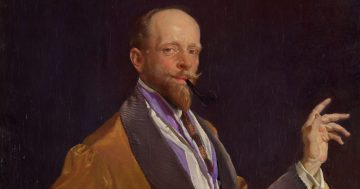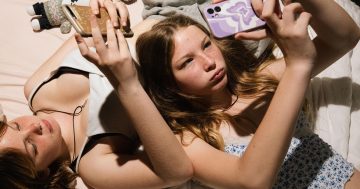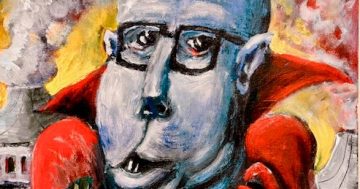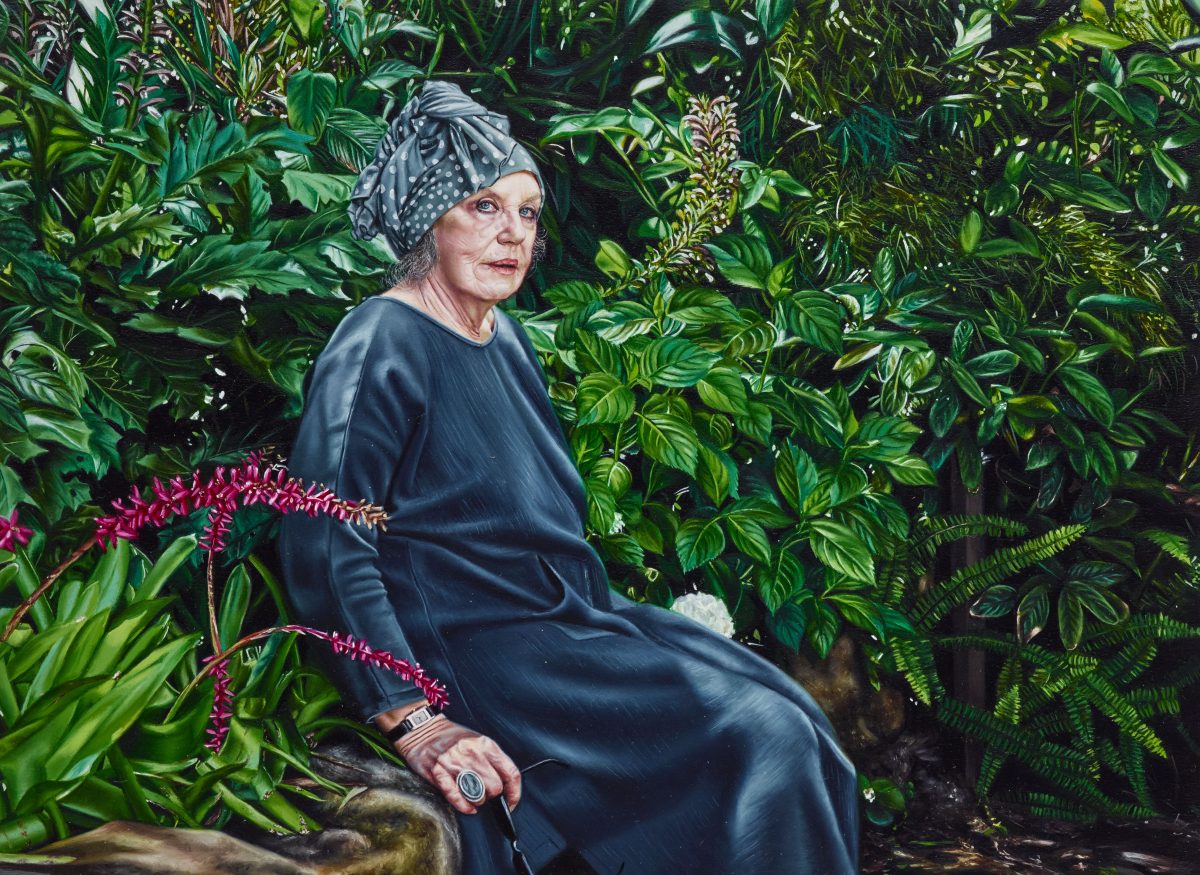
Natasha Bieniek’s portrait of Wendy Whiteley was an acclaimed Archibald Prize winner. Photo: Supplied, Private Collection.
When Australia’s oldest and best-known portrait prize, The Archibald, turned 100 in 2021, the Art Gallery of NSW decided to mount a major centenary exhibition – Archie 100.
It would seem a no-brainer – exhibit the 100 winning entries from the past 100 years. However, even five minutes of contemplation would conjure up the nightmare of eight winning portraits by William Dargie, seven by WB McInnes and five by John Longstaff, not to mention the dozens of silly and inept winners in recent years.
Not even the Archibald brand could attract an appreciative audience to such a sea of mundane greyness.
Instead, the gallery chose a curatorial team, led by Natalie Wilson, to sift through the 6000 or so Archibald finalists from the past century to select the 100 portraits that should have won if there had been properly qualified art judges at the helm rather than trustees of the art gallery with deep pockets, sometimes good intentions but no real art knowledge, sitting as selectors.
In this selection, women, both as artists and sitters, find a new prominence, and First Nations peoples crop up in greater numbers. Just imagine how much stronger the field would have been if competent judges could have made the first selection when sorting the original entries to decide on the finalists!
Surely, after a hundred years of missed opportunities, the Sydney gallery should move to change the rules of the bequest and have people competent in art doing the judging.
Natalie Wilson’s show may not be uniformly brilliant, but it is one of the best historical exhibitions of Australian painted portraiture that we have seen for quite some time.
I counted about 23 Archibald winners amongst the 100 paintings on show and that number could be trimmed for a stronger exhibition. The broad thematic structure, for example, including self-portraits, portraits of the artist’s family, portraits of fellow artists, portraits of celebrities and portraits of the art world, by and large works reasonably well and affords viewing by groups instead of a deadly straight chronology.
Also, the mixture of the small and intimate paintings, such as Natasha Bieniek’s Wendy Whiteley, with the huge and bombastic paintings, including Brett Whiteley’s Art, life and the other thing, is effective and breaks the boredom of looking at one face after another.
An important category could be portraits by artists who should have won the Archibald, never did but are included in this show.
They would include John Brack, whose portrait of Barry Humphries in the character of Mrs Everage is an icon in Australian art and an outstanding highlight in this exhibition.
Brack was the author of a strong group of portraits. Adelaide Perry’s Dame Mary Gilmore, Grace Crowley’s Portrait in grey, Elisabeth Cummings’s Jean Appleton, Andrew Sibley’s Gertrude Langer and Noel Counihan’s deeply moving Katharine Susannah Prichard are less known but important paintings by artists not favoured by the trustee judges.
It is a highlight of this exhibition that it is studded with surprises of paintings that you instinctively feel should be better known.
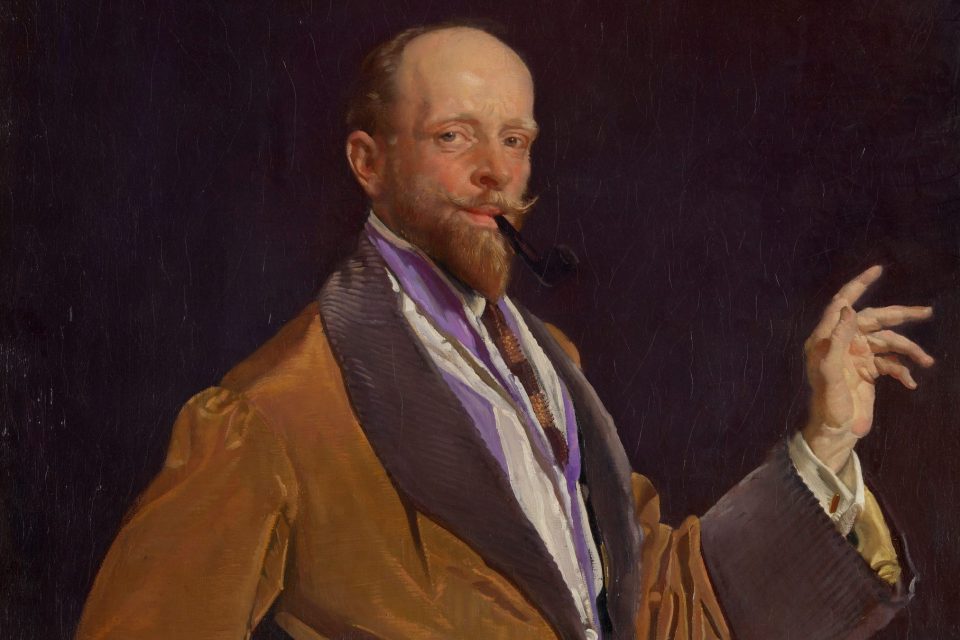
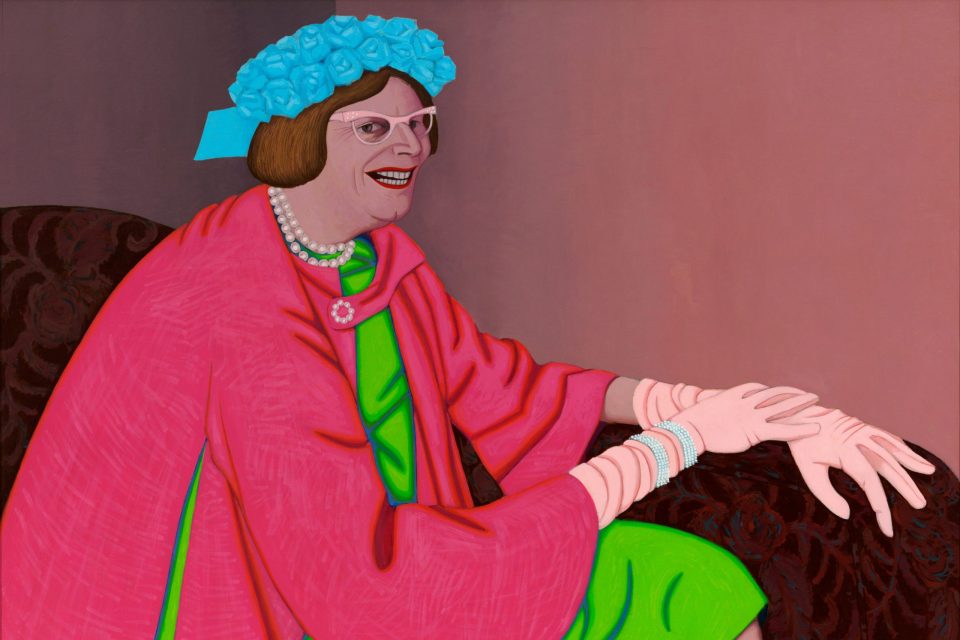
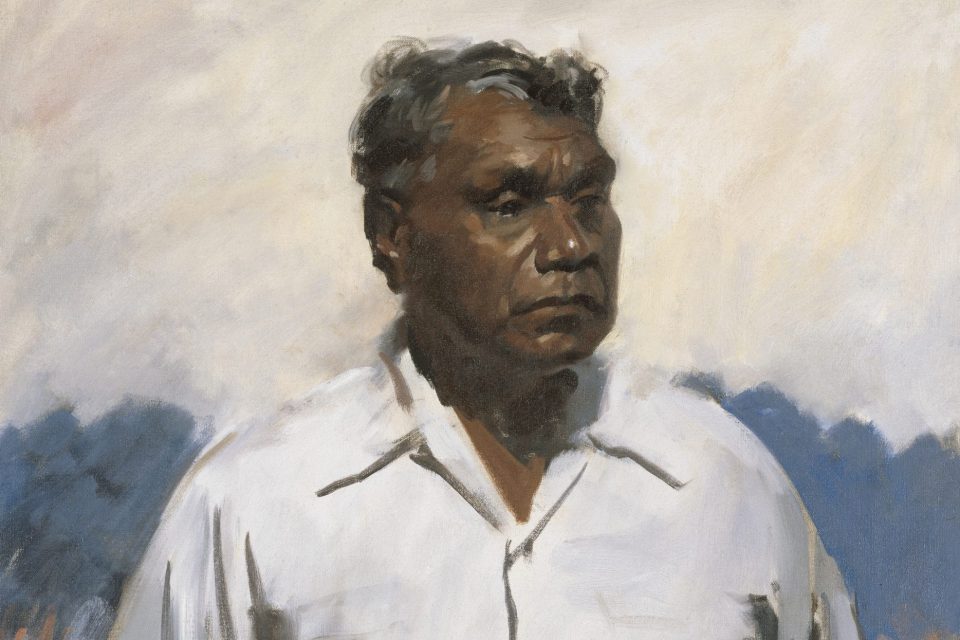
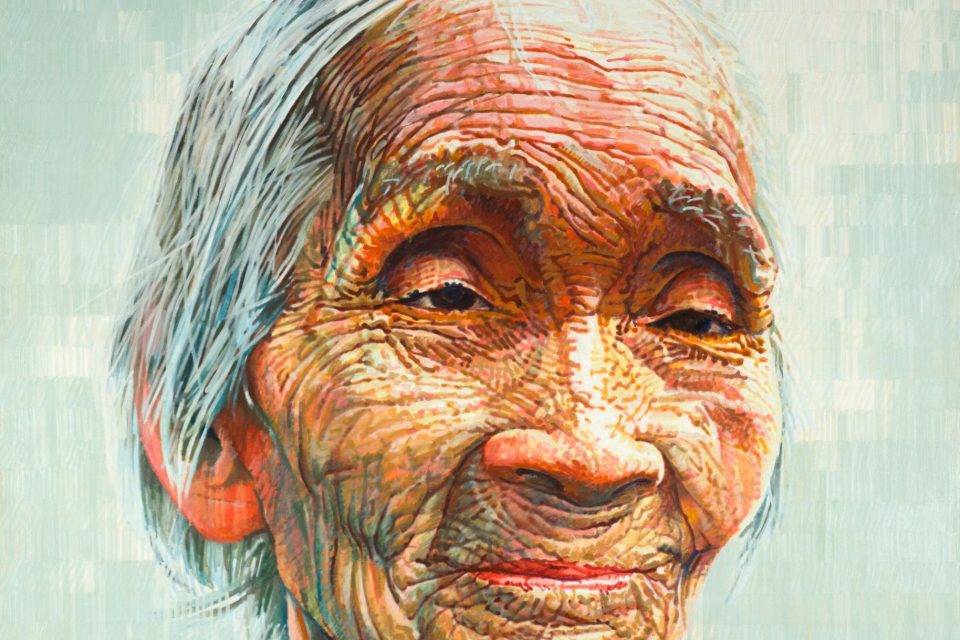
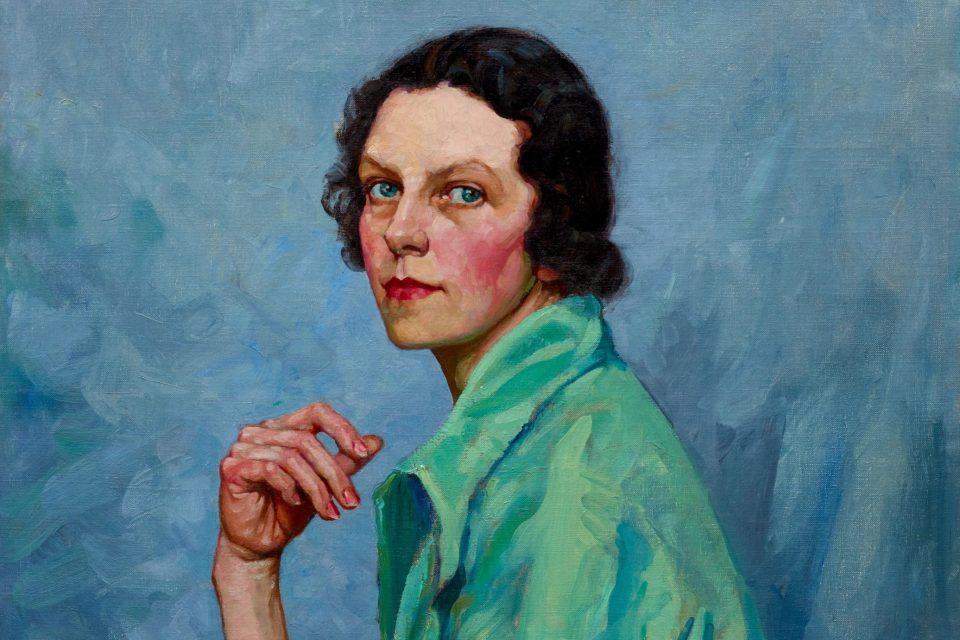
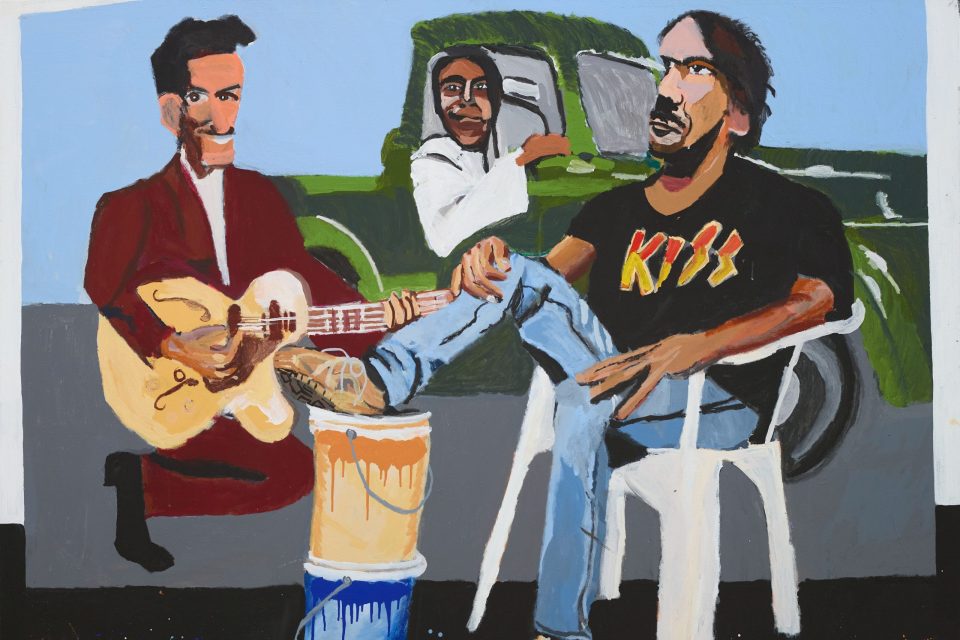
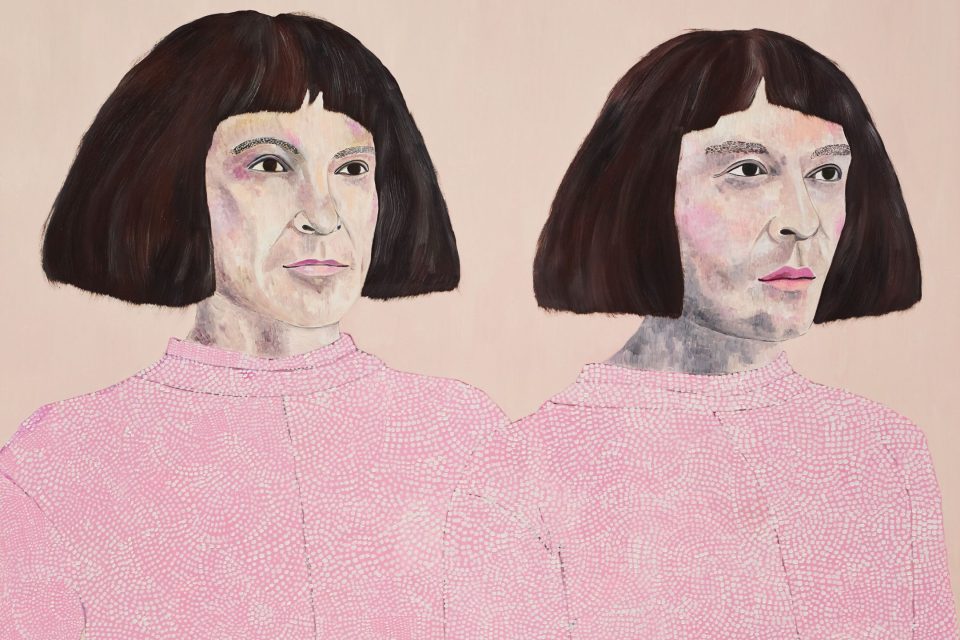
John Olsen, on the other hand, was a perennial favourite with the trustees and even a trustee himself on occasion and, on a good day, an outstanding painter.
I recall when I first encountered his Self-portrait Janus-faced in the 2005 Archibald exhibition with its substantial scale, sombre palette and deeply felt sense of anxiety.
The best part of two decades later, it has lost none of its majesty and power as it draws you into the picture and evokes thoughts about aging and looking forward into a future of uncertainty but aware of a past that now seems lost at dusk. Olsen was 77 when he painted this and confided at the time that it was his farewell piece – he surprised everyone, including himself, that he lived and worked for another 18 years.
The Archie 100 show has been on the road for two years. Now on its eighth and final venue, it is heading for the finishing line. The Archibald remains a fantastic phenomenon, and nowhere on earth has a contemporary exhibition of portraiture managed to remain such an evergreen favourite for so long.
Archie 100 – A century of the Archibald Prize is at the National Portrait Gallery from 20 October to 28 January, daily from 10 am to 5 pm (admission charges apply).












